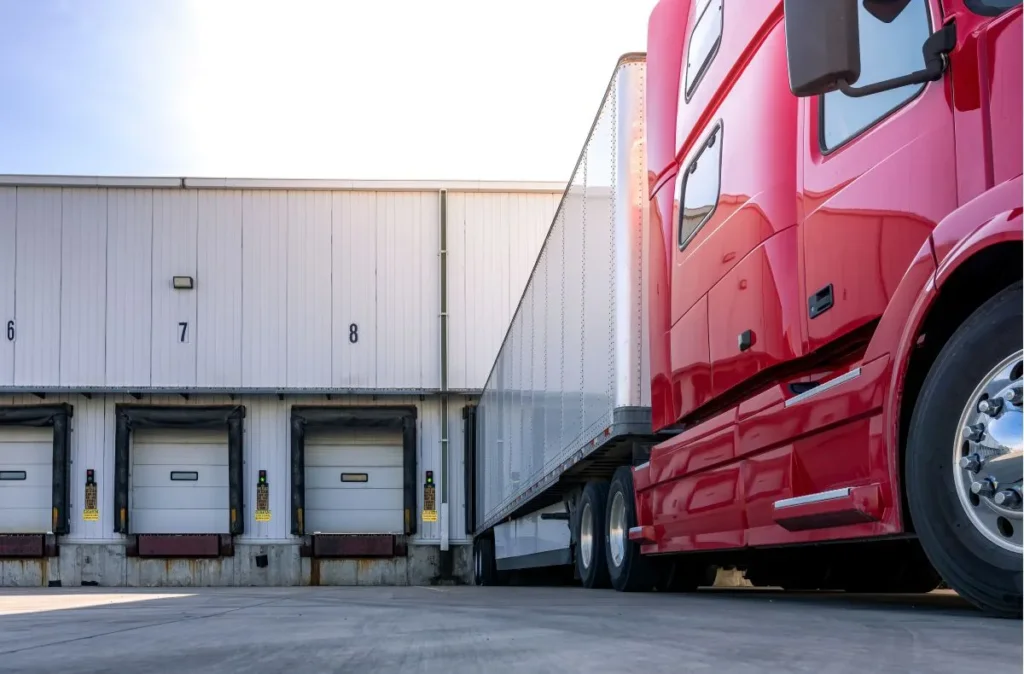One of the most striking, but not surprising, findings is the rise of Poland. According to IRU data, Poland has overtaken Germany as the EU’s road freight leader, transporting the highest volume of goods by road since 2017. While Germany’s share has been declining, it remains the only other EU nation, along with Poland, to account for more than 15% of the EU’s total road freight volume. Traditionally strong players such as Spain and France have also seen their shares decline, falling below 10% in 2019.
Interestingly, the IRU report highlights that countries with populations between two and three million, such as Lithuania, Slovenia, and Latvia, boast a high share of road freight volume per capita. Lithuania, in particular, has taken the top spot for the highest road freight volume per capita over the past decade.
The report also reveals that EU road freight operations are predominantly national, both currently and historically. However, there are significant variations among member states. Some countries, typically smaller countries like Lithuania, Luxembourg, and Slovenia, stand out for being primarily characterized by international freight movement.
Unsurprisingly, exports dominate international road freight operations within the EU. However, the IRU analysis also highlights a decline in import operations, with cross-trade and cabotage movements gaining ground. It’s important to note that these trends can vary depending on the specific member state.
The IRU report delves into the types of goods being transported. Raw materials and intermediate products, the building blocks of manufactured goods, are among the most frequently transported items. Food and agricultural products also hold a significant share. Notably, “grouped goods,” which refers to a collection of various products transported together, also rank highly, though this is likely due to the broad nature of the category.










